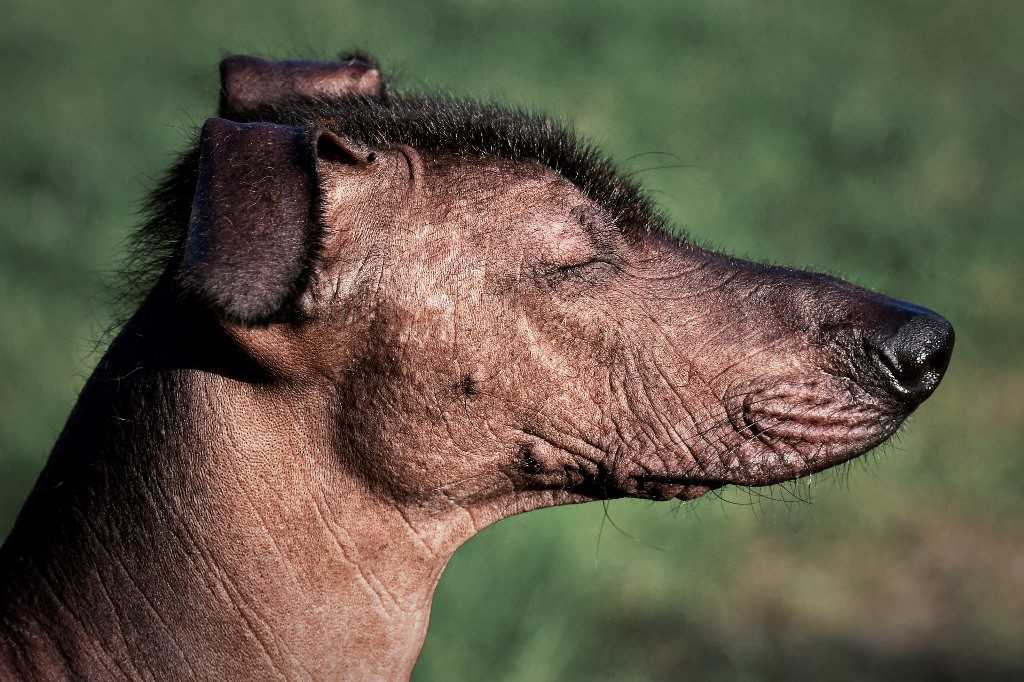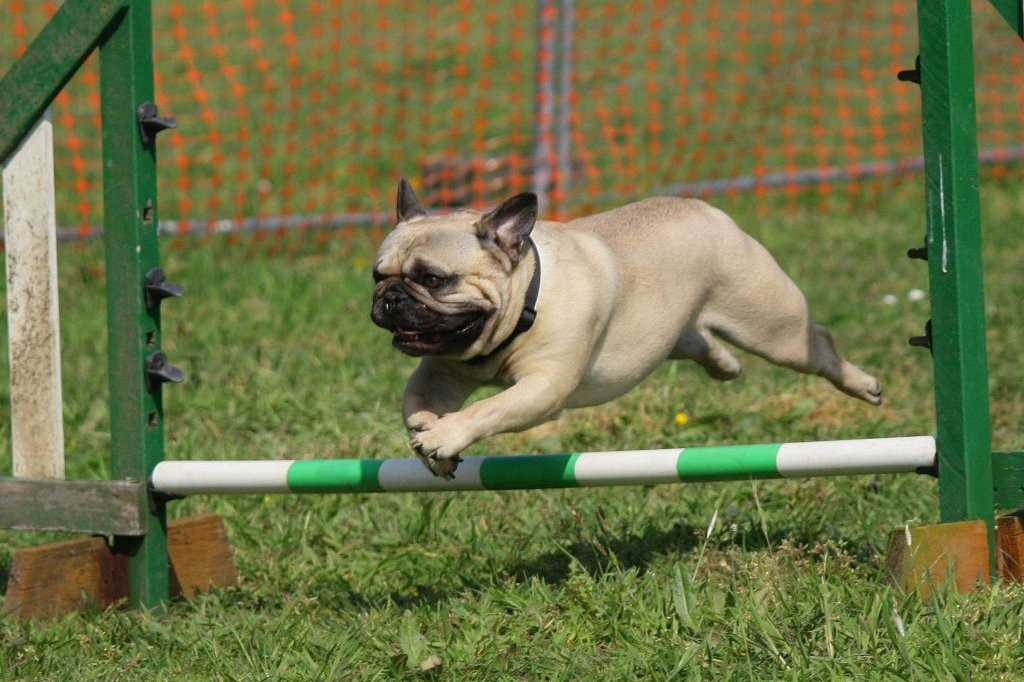The origins of the xoloitzcuintle dog breed, which from now on we will simply call xolo, are very old, we are talking about perhaps one of the oldest dogs ever known and which has remained the same throughout time.
Its history is very sad. It was bred by the ancient Aztecs, who used it in many ways. There are and were even then 3 sizes, the first two bigger ones were used for guarding, the smaller one for companionship. But unfortunately these were not the only uses the ancient Aztecs had in store for them.
They were also bred for their meat, in fact it is said that xolo meat was generally served at wedding banquets, but even more cruel, as this dog was considered by the ancients to be ‘God’s envoy’, or ‘xolotl’, which then gave its name to the breed, they believed that the mission of this animal was to accompany the souls of the deceased to their eternal home. For this, they were placed alive in the master’s grave and this cruel practice almost led to the extinction of the species.
They were seen as magical dogs and were also used as a cure for rheumatism, arthritis and all kinds of illnesses; it was believed that if these dogs slept for three or four nights in the bed of a sick person, any illness was transferred from the person to the dog and was therefore cured. They were only superstitions of very primitive peoples, who also offered them as sacrifices to the Gods, and especially to the God Xoloti, who was depicted with the head of a dog.
It is thought that very few specimens reached the end of the 19th century. In 1954 a large expedition was financed into the jungles of the state of Guerrero, an area in the south-west of Mexico, to take a census of the breed and implement a conservation programme. On this expedition they managed to find a dozen naked dogs living in the wild and it was these specimens that were used to repopulate the breed. The project was a success and the Xolo dog returned to live in Mexico and even crossed into neighbouring states. Since 2016 it has been declared a cultural heritage and symbol of the city of Mexico City. It is a great companion, ideal for exhibitions, agility and obedience competitions and is also used in pet-therapy.
Character of the xoloitzcuintle or Mexican nude dog breed
The character of this dog breed is affectionate, calm, but also noble and reserved. It is very attached to its owner and family and is also very territorial, making it an excellent guard dog. Being of three sizes, the two larger dogs are best suited to this task, but the smaller one, although more of a companion dog, also serves very well as a sentinel. It is a very quick-moving dog and also quite active, though not too active. It requires a couple of daily outings for a walk or a run, but nothing more.
For this reason, it is also suitable for elderly people, indeed it can be said that it is also a living room dog, which is perfectly at ease on the sofa, which does not detract from the fact that it is actually able to carry out many activities, even demanding ones.
With family members it is calm, but in the presence of strangers it becomes mistrustful and shy, for this reason it is necessary to work on socialisation from puppyhood. It gets on well with other dogs and normally lives peacefully with them, but with cats it is a little more difficult, but if it grows up with them, there should be no problems.
It is excellent as a companion dog and also as a guard dog and is never aggressive. It is much used in dog shows and for its good character in pet-therapy. It is a sensitive and sweet dog that only wants to please its owner. It suffers a lot from loneliness, so it is not suitable for those who are little at home, nor is it suitable for being outside a lot, as it suffers from both cold and heat.
Appearance of the xoloitzcuintle or Mexican nude dog breed
There are three sizes for this breed, ranging from small, to medium, to large. The standard, which is the largest, measures 45 to 55 centimetres at the withers and weighs between 11 and 20 kilograms, the intermediate with a height at the withers of 35 to 45 centimetres and weighs between 7 and 15 kilograms and the miniature with a height at the withers of 25 to 35 centimetres and weighs between 2.3 and 7 kilograms.
Its physical conformation is very harmonious and with good proportions, it is long and muscular. The neck is arched, very proud, fine but robust and well proportioned, the tail is attached low and is long, thin and has some shaggy hairs. The paws are long and muscular, well aligned and with particularly well developed hindquarters, the feet are wide and with an excellent grip on the ground. It has an elegant, soft stride with long strides; the trot is quick and easy with the head and tail carried high.
The muzzle is pointed and the head is covered with a few rather hard hairs. The truffle is very dark in dark-coated dogs; pink or brown in blond or bronze-coloured subjects and in speckled subjects, depigmented spots. The eyes are almond-shaped, with an alert and intelligent expression, the ears are up to 10 centimetres long and resemble the ears of a bat, but are spaced out, rather large and very elegant.
The cape can be had in two ways, without hair and with hair.
Hairless variety: Its most important characteristic is the complete, or almost complete lack of hair, with a smooth and soft skin. The variety with hair is the same as the variety without, always with the same harmonious proportions.
The colour of the coat or skin varies between grey, dark brown or gold. The puppies are born pink and reach their pedigree colouring at about the age of one year.
Health and care of the Xoloitzcuintle dog breed
This dog breed is robust and hardy in constitution, and is not prone to any particular health problems or genetic defects. The main health problems encountered in the Xolo are related to their skin, as they are particularly prone to sunburn. In addition, the skin is prone to irritation and can be easily injured just by playing with other dogs or cats as it is hairless. Its average life span is around 15 years.
Its skin must be protected from sunburn when it is hot; a protective cream is recommended to repair the skin from the violent action of ultraviolet rays. It is important to exfoliate the xolus skin constantly so that the dead skin falls off, replaced by new, smooth and soft skin. Oil-based products similar to those used for human skin care can be used. It is also very sensitive to the cold and must be covered in winter.
As it is hairless, it does not require any coat care other than to protect its skin from heat and cold.
As far as its diet is concerned, it is a very greedy specimen: this may be good for its education, but it needs balanced rations to prevent it from gaining weight.


